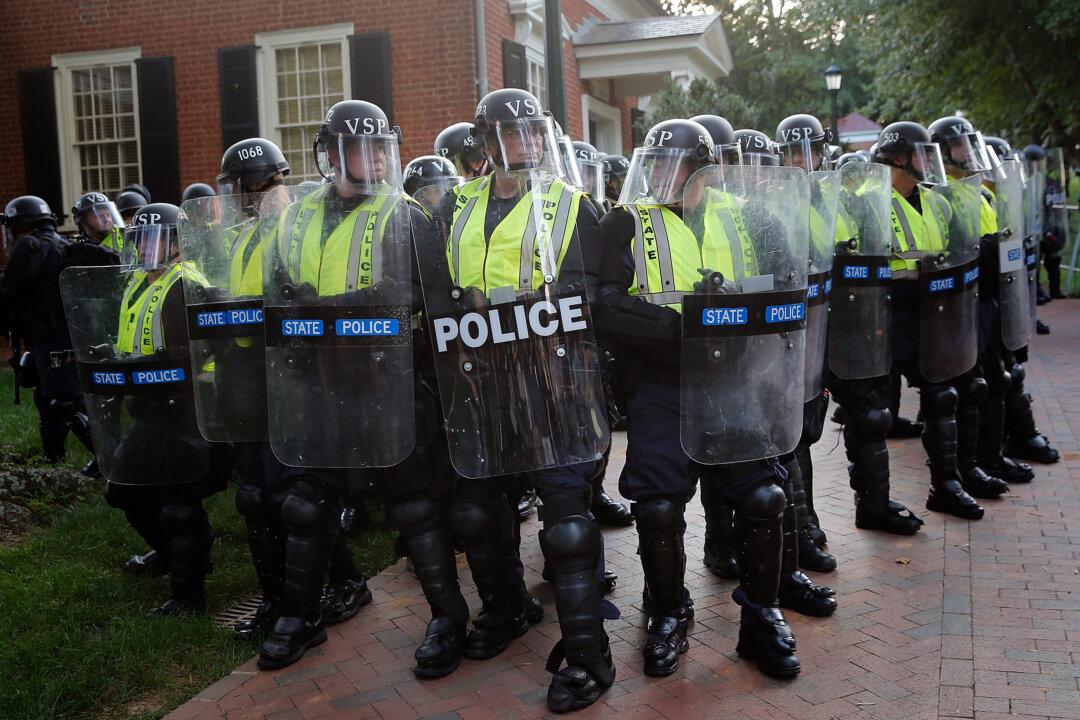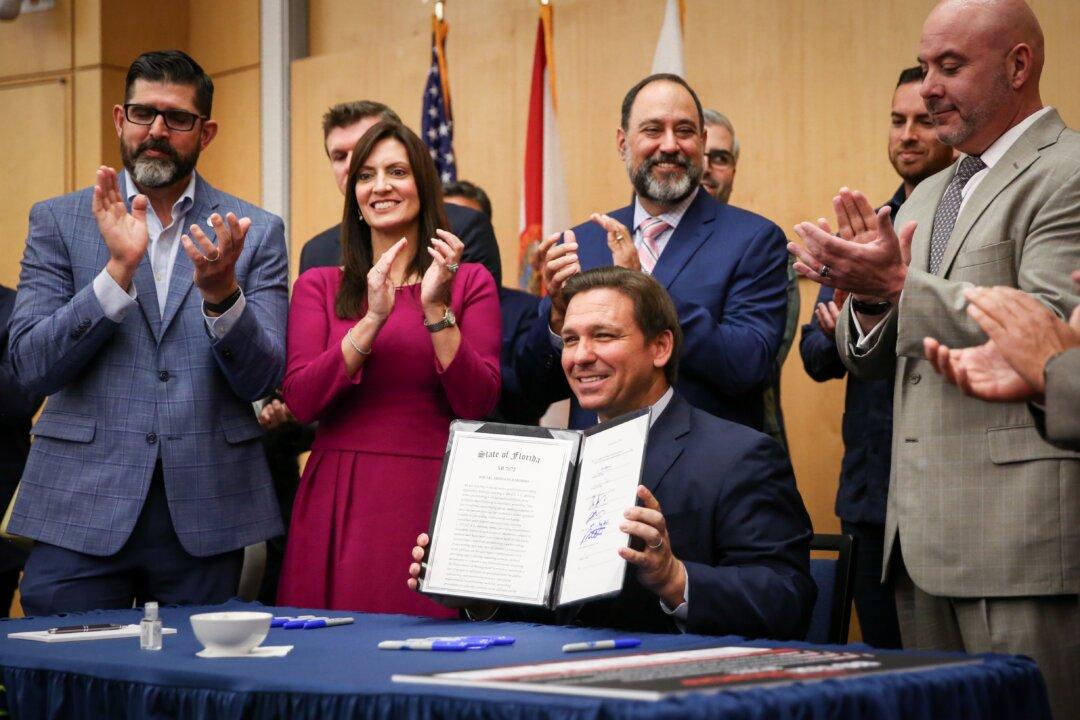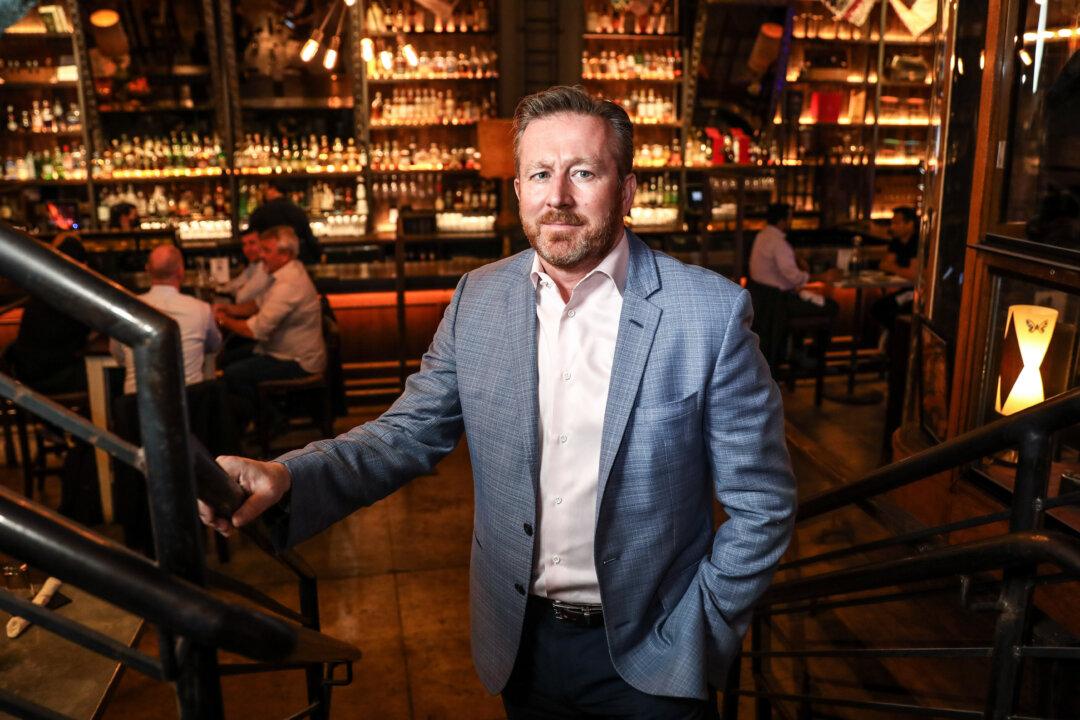NEW YORK—College campuses across the United States that stifle free speech, a right protected by the First Amendment, are an ongoing issue that continues to be thrust into the national spotlight—and has also caught the attention of the Oval Office.
About 6.4 million students across the nation have their free-speech rights restricted at institutions of higher learning, according to a Dec. 4 report from the Foundation for Individual Rights in Education (FIRE)—a nonprofit, nonpartisan organization founded in 1999.





